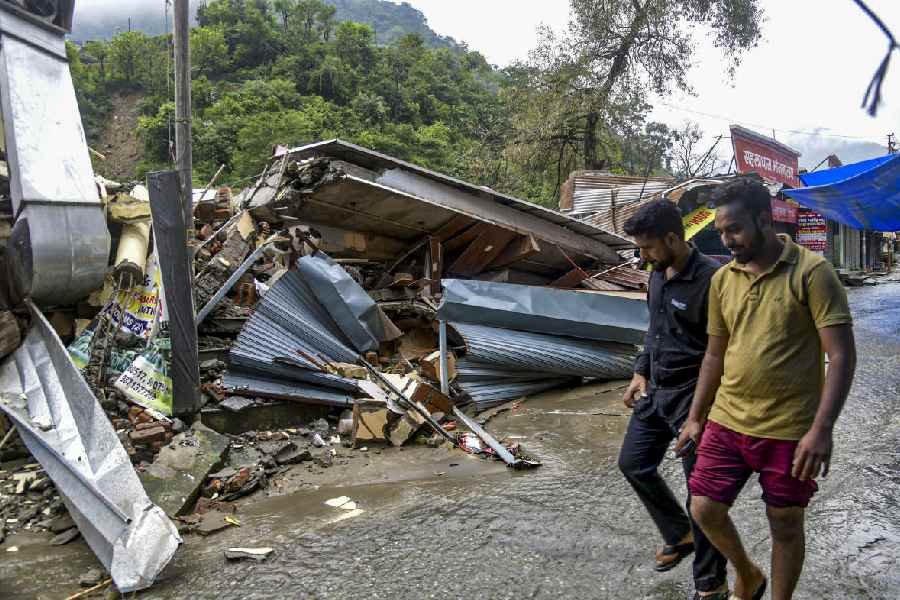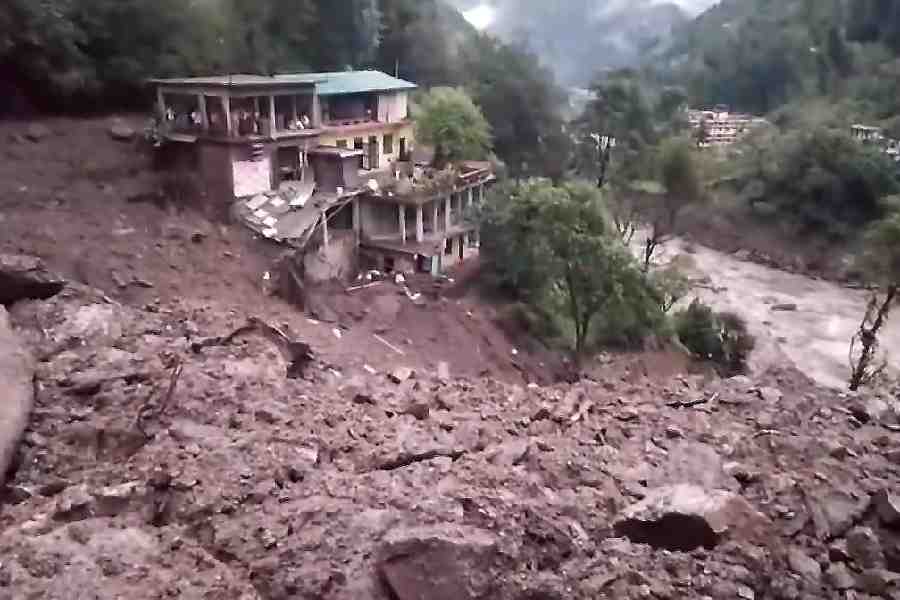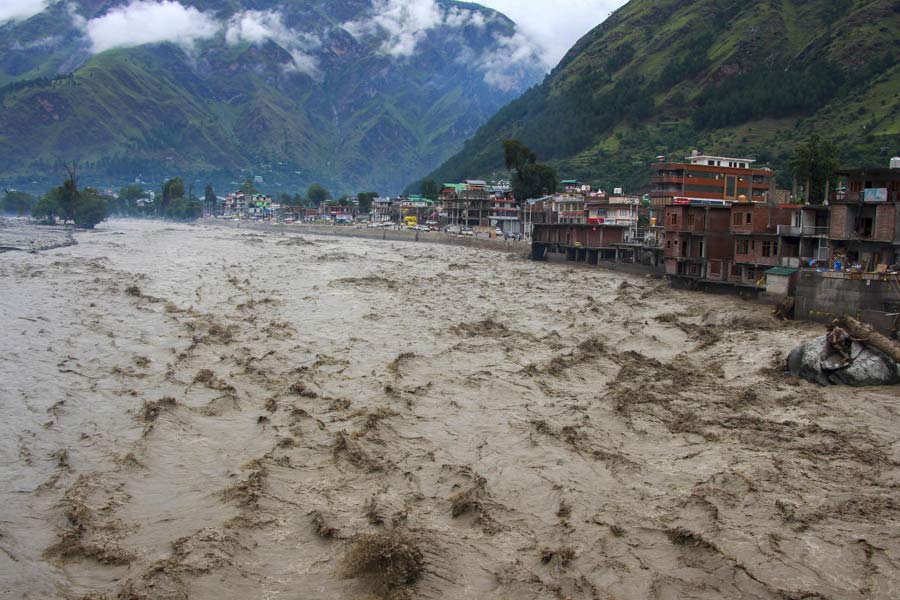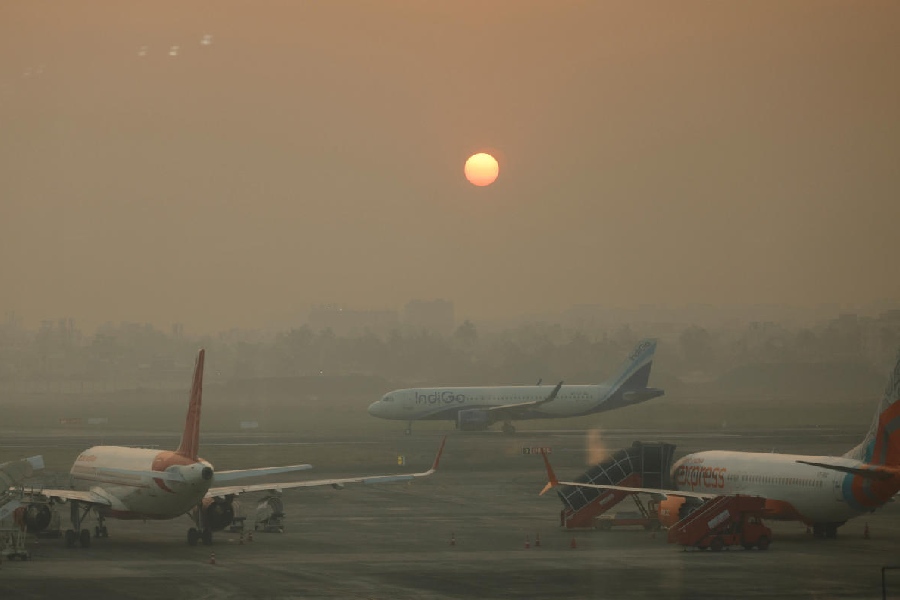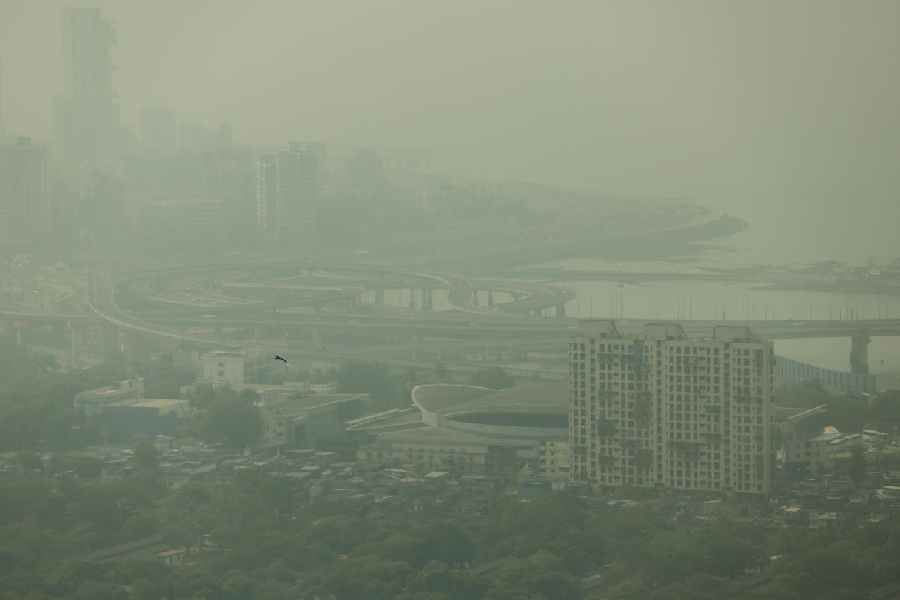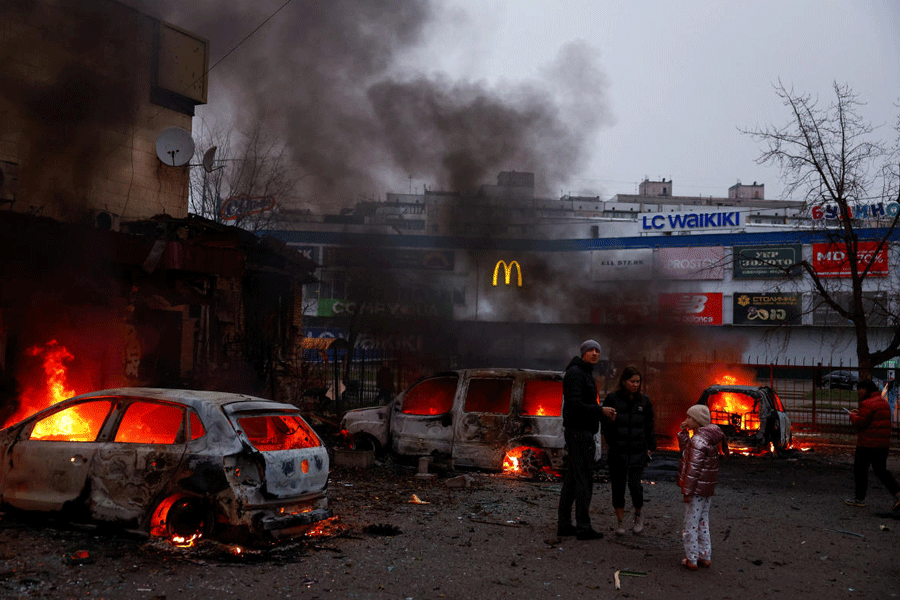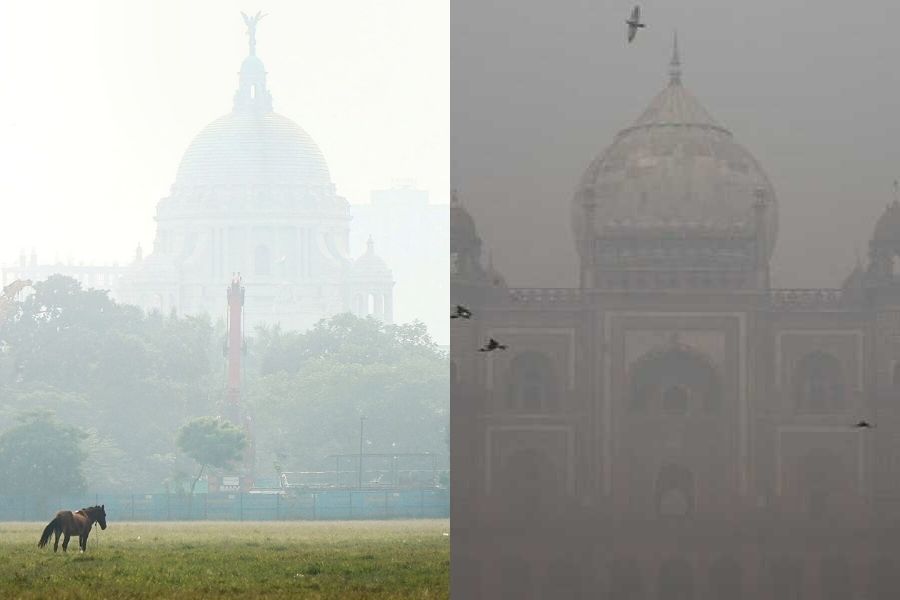Less than a month after flash floods and cloudbursts ripped through parts of Dehradun, sweeping away hotels, restaurants, and roads, construction machines are back at work along the same fragile riverbanks.
At least 133 people died across Uttarakhand this monsoon, with 88 still missing. Dehradun alone reported 38 deaths.
With the monsoons gone, it’s back to business as usual.
In places like Sahastradhara and Maldevta, where the stream has visibly narrowed, residents say the river’s width has been shrinking for years due to unchecked construction.
“Since 2007, large hotels and resorts began to be built here. Their owners encroached upon the river, causing the river's width to shrink,” Prem Singh Maratha, a local resident, told PTI Videos.
Another resident Sundar Singh said that the area’s charm has been lost.
“Sahasradhara used to have a natural beauty, but now the hotels and resorts have destroyed it. These people buy a small piece of land and then take over a large area. There is no restriction,” he said.
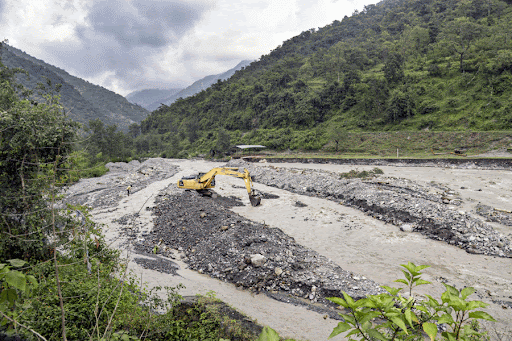
Mud and silt being removed from a flood-affected area following a cloudburst and heavy rains, in Dehradun (PTI)
Even now, new resorts and hotels are rising near the riverbanks.
In Maldevta, a wall is being constructed right in the middle of the riverbed.
Encroachment isn’t limited to commercial structures. Hundreds of families have settled along the Rispana and Bindal rivers, many having lived there for decades. Locals allege that politicians helped establish these settlements nearly 20–25 years ago, providing them with electricity and water connections.
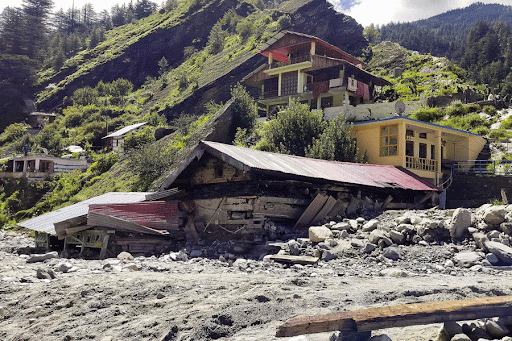
Damaged houses at a disaster-hit area amid a search and rescue operation in the aftermath of the recent flash floods, at Dharali area(PTI)
Senior journalist Jai Singh Rawat told PTI that these settlements have turned into strong political vote banks. “Politicians have built such a large vote bank in these settlements that it has become extremely difficult to remove them,” he said.
Environmentalists and experts have long warned about the dangers of encroaching floodplains.
Climate scientist Dr Roxy Mathew Koll, a lead author of the IPCC Reports, told The Telegraph Online in September that much of the damage in the Himalayas is man-made.
“Landslides and flashfloods also reflect what we do on the ground. Slope cutting, road building, deforestation, construction on debris fans and floodplains, and clogged drainage convert heavy rain into destructive runoff,” Koll said.
Ravi Chopra, noted environmentalist, reminded that ancient Indian texts themselves prescribed safe distances from rivers for settlement, a concept now known as ‘floodplain zoning’.
“The high court had banned construction within a 100-metre radius of the Ganga and a 50-metre radius in hilly areas. The question is, who then allowed construction,” he asked, as reported by PTI.
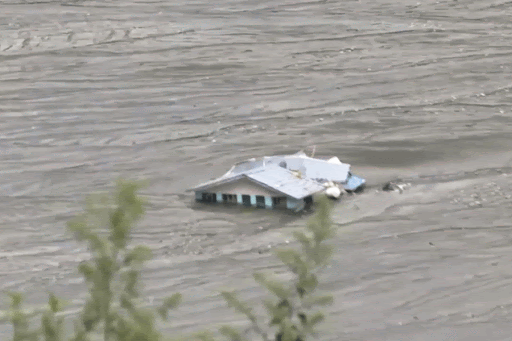
A house was buried under debris following flash floods (PTI)
According to Subhash Chandra, chief engineer of the Uttarakhand irrigation department, the state has identified floodplain limits for rivers like Rispana.
“The 25-year flood limit has been considered a prohibited zone where construction is completely prohibited. The area between 25 and 100 years is called a regulatory zone, where activities are restricted,” he explained to PTI.
Officials say a list of houses within these zones has already been prepared, but the matter remains pending before the National Green Tribunal (NGT).
Both ruling and opposition parties routinely condemn encroachment, but meaningful action remains elusive.
Former CM Harish Rawat of the Congress alleged that mismanagement began after his government’s exit in 2017.
“After 2017, rivers, drains, and streams were arbitrarily divided, and large skyscrapers were built. Instead of stopping this, the government encouraged it. The growing danger in Dehradun is merely a warning from nature,” he said.
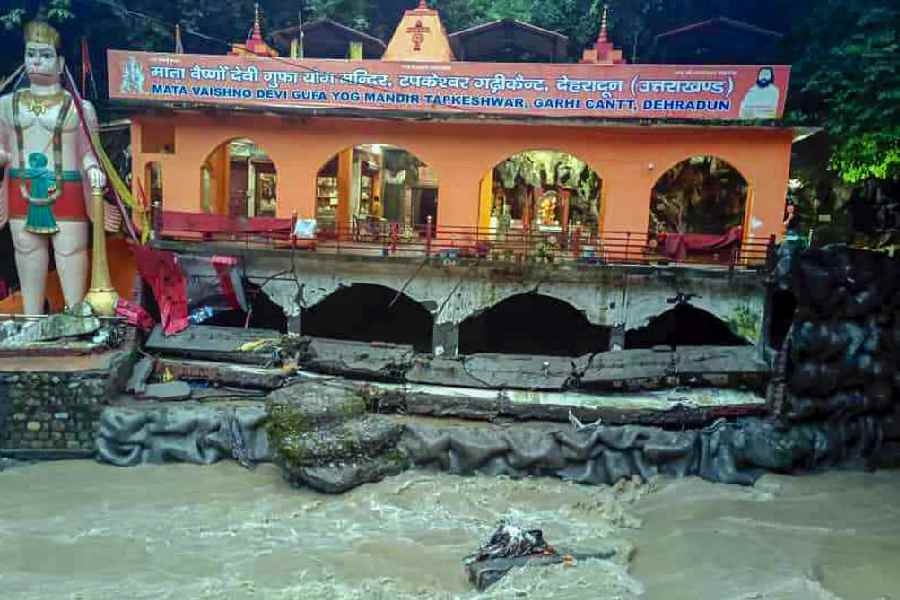
The boundary wall of Tapkeshwar Mahadev Temple collapses following incessant monsoon rains, in Dehradun(PTI)
BJP leader Munna Singh Chauhan acknowledged the scale of the problem. “According to traditional wisdom, people lived away from the river, but now, pillars are being erected and construction is being done in the river's path, posing a threat to life,” he said.
While admitting that removing old structures involves legal hurdles, Chauhan stressed the need to prevent new violations.
“What has happened has happened. Now, new mistakes must be prevented. People must be made aware that they should build at a safe distance from the river,” he said.

